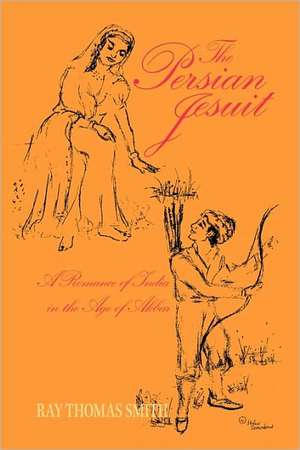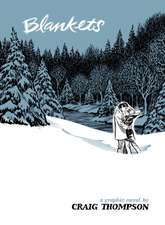The Persian Jesuit
Autor Thomas Smith Ray Thomas Smithen Limba Engleză Hardback
Preț: 233.21 lei
Nou
Puncte Express: 350
Preț estimativ în valută:
44.63€ • 48.46$ • 37.49£
44.63€ • 48.46$ • 37.49£
Carte tipărită la comandă
Livrare economică 22 aprilie-06 mai
Preluare comenzi: 021 569.72.76
Specificații
ISBN-13: 9781426923685
ISBN-10: 1426923686
Pagini: 324
Dimensiuni: 152 x 229 x 22 mm
Greutate: 0.63 kg
Editura: Troubador Publishing
ISBN-10: 1426923686
Pagini: 324
Dimensiuni: 152 x 229 x 22 mm
Greutate: 0.63 kg
Editura: Troubador Publishing
Notă biografică
Ray Thomas Smith is a career specialist in the history and culture of India. He holds a doctorate from the University of California, Berkeley. He first visited India on a Fulbright grant and later returned under an American Institute of Indian Studies grant. During these two research trips and a third, private visit he was able to travel widely by second and third class rail, with indelible experiences of India's passing scene. Besides research in the libraries and universities of New Delhi, Allahabad, Calcutta, Bombay, and Madras he crisscrossed almost the entire subcontinent from the temple-towns of Uttar Pradesh to those of Tamilnadu, and from Buddhist sites in and around Banaras (Varanasi) to the rock-cut caves of Ajanta and Ellora, and south to Calicut and Cochin fronting the Arabian Sea. Intermixed with it all he experienced the Monsoon, "the Rains" which year after year, century after century have shaped India's internal travel, trade, religion, war, literature, architecture, and all the arts. Meanwhile the red sandstone and white marble of Mughal palace and tomb became a lifelong fascination - along with lives of emperor after emperor, but especially the great Akbar, the Muslim philosopher-king so bold that he would welcome even the Jesuits of Goa into his court. After more research on the Mughal empire, its neighboring Muslim states in the Deccan, and the Portuguese colony of Goa, he began sketches for a novel, which has become The Persian Jesuit: A Romance of India in the Age of Akbar.










